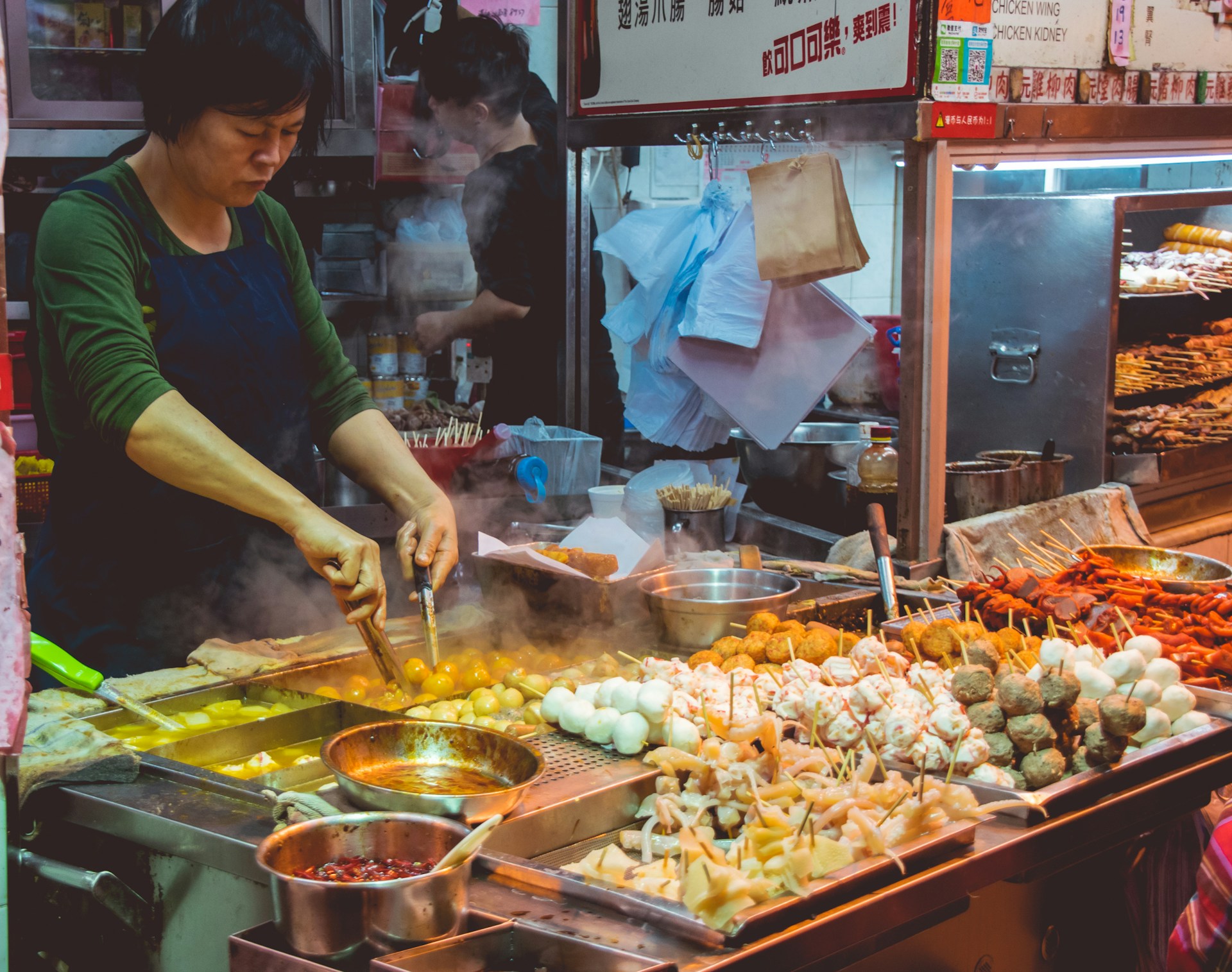Introduction
In a world of food trends and fusion dishes, one humble staple has quietly held its ground for centuries: idli. These soft, pillowy steamed cakes of rice and lentil batter are not just a South Indian breakfast item. They are a cultural emblem — a dish that reflects simplicity, health, community, and identity. To eat an idli is to taste both history and home.
What Exactly Is Idli?
Idli is a savory cake made by steaming a fermented batter of rice and black lentils (urad dal). Traditionally served with coconut chutney and sambar, idlis are light, fluffy, and easily digestible. Their design is intentional: fermented for gut health, steamed for purity, and served plain as a canvas for flavorful accompaniments.
In South Indian households, idli is often the first solid food introduced to babies, and the comfort dish given to those recovering from illness. Its neutrality and nourishment make it universal within Indian homes.
A History Carried in Steam
Idli’s origins are debated. Some historians trace its roots to ancient Indonesia, where fermented rice cakes existed, possibly introduced to India through early trade. Others argue that idli, as we know it, was perfected in the kitchens of Tamil Nadu and Karnataka centuries ago.
What is certain: by the 10th century, references to idli appear in South Indian texts. By the medieval era, it was a household staple. Its method — fermentation followed by steaming — makes it one of the oldest examples of functional, health-conscious cooking in the world.
Idli as Culture
Food is identity, and in India, idli carries deep cultural weight. It represents South Indian pride, often contrasted with the wheat-heavy rotis and parathas of North India. For migrants who moved from Chennai or Bengaluru to Mumbai, Delhi, or overseas, the smell of steaming idlis became a lifeline — a reminder of home.
Idlis also symbolize community. In temples, festivals, and weddings, massive batches are prepared and shared. To serve someone idli is to offer comfort and belonging.
The Global Journey
Today, idli has traveled beyond India. In cities like London, Toronto, and San Francisco, South Indian restaurants proudly feature idli on their menus. Variations like ‘rava idli’ (using semolina instead of rice) or fusion versions topped with cheese or pesto show how adaptable it is. For the Indian diaspora, idli became not just food, but a story they carried into new lands.
Why Idli Endures
Idli’s endurance is not an accident. It is low in fat, rich in nutrients, and gentle on the stomach. In an age of wellness fads, idli fits seamlessly into conversations about gut health, plant-based diets, and clean eating. Yet unlike new ‘superfoods,’ idli has always been tied to memory, ritual, and comfort.
It embodies the philosophy of Indian food culture: that nourishment is not just about calories, but about tradition, care, and balance.
Conclusion
The idli may be simple, but its story is anything but. It is ancient yet modern, local yet global, ordinary yet profound. To eat an idli is to participate in a living history — one that began centuries ago in South Indian kitchens and continues today across continents. In every bite, there is a reminder that food is culture, and culture, like idli, is meant to be shared.

